Interior
We’ve already had one case featuring a wooden front panel. But it might not be “big enough” for someone’s needs, which the XL variant now addresses. Among other things, in this article you will also find tests with two different fan configurations. And also a comparison of cooling with the smaller North Mesh model. And not only with it, we already have a total of 25 other cases in the database for comparison.
Interior
The inside of the case opens fully when the additional side panel is removed. This has its primary function in the Mesh variant of the case, where a side fan holder can be attached to it. Without the additional panel, the inside of the case is fully open and can be handled more efficiently.
The legend for motherboard mounting is stamped directly on the tray, and the new version already supports the E-ATX format up to a width of 330 mm. For these larger motherboards, the cable grommets are also adapted here, where an additional pair is added at the front of the tray. The larger “XL” version also brings greater compatibility for graphics cards. This has been increased by 58 mm – to 413 mm. With a liquid cooler radiator installed, the space does shrink but in the case of the new version, a respectable 380 mm is still available. Also, the space for a tower CPU cooler has gained in size, from 170 to 185 mm.
All openings on the tray have rubber grommets for a cohesive look. They hold firmly in the holes – they don’t tend to slip out when threading cables. The width of the horizontal and vertical openings is 25 mm, which is a large enough space even for tucking thick cable bundles through.
The area of the perforated part of the tunnel has increased significantly compared to the smaller version. Due to the airy ceiling, this part is also quite unstable. On the other hand, nothing is officially installed on the tunnel and it is more for better ventilation. It’s a mystery to me why Fractal didn’t mark the tunnel ceiling as an alternative position for two 120mm fans. Since it is the same shaped perforation as it is on the back of the case, that option is there. Near the tray there are three openings used for cables. These no longer have any rubber grommets, but this doesn’t compromise the consistency of the case. Interestingly, the first two holes are 20mm wide and the rear one is only 17mm wide. This can make it difficult to plug in larger connectors such as the one for bringing audio directly to the top I/O panel of the case.
At the front, there is an 85 mm cut-out in the tunnel ceiling for a liquid cooler radiator. Thanks to the large space, even the thickest radiators can be placed in the front.
On the opposite side of the tray, you’ll find up to six pre-prepared pull-tabs for cable management. Dividing the main cable bundle into two locations is a great way to make cable management easier. However, if the already prepared strips are not enough, you have the option of using an additional nine positions for cable tie-downs. The space behind the tray has shrunk a little bit in the new version. It is now 29 mm instead of the original 30 mm.
The tray and the surrounding sheets are extra thick, 0.90–0.95 mm. The thickness within the given interval varies depending on the measuring point.
On top of the tray there is a hub for four fans. Although it is possible to connect all three supplied fans to each other, it would be preferable to use a hub with multiple connectors. Including the small 80mm fan underneath the graphics card, up to eight fans can fit in the case. And I’m not talking about the two on the tunnel ceiling, which the case doesn’t officially support.
Directly behind the motherboard is a bracket for two 2.5″ storage drives. The holder is hooked into the tray and secured with one screw. The mounting of the storage is completely standard, using four screws.
More interesting are the positions for storage drives in the tunnel. The two hybrid mounts for 2.5/3.5″ storage formats can be positioned on the floor as required, which in turn affects the compatibility of the power supply. With the bracket in the position closest to the power supply, its maximum possible length is 140 mm, while with both brackets in the furthest position it is 175 mm. This distance can be increased up to 420 mm by removing one or both brackets. The advantage of the open positions is the freedom for the cables plugged in the PSU. If you have them longer than you would need, you can hide them easily and without obstruction in the tunnel.
In the smaller version of the case we discovered a lack of space directly under the ceiling. Specifically, when a fan/liquid cooler radiator was mounted under the ceiling, there was no room for the EPS cable powering the processor. Fractal has eliminated this problem in the new XL variant, so the cable no longer interferes with a fan or a radiator.
The installation of components inside the case went without the slightest difficulty. The cable management behind the tray is ingeniously devised and the six pull-tabs handle the cables with ease. The interior is roomy and this made it easy to plug in cables into the motherboard but also to fit in the components themselves.
- Contents
- Exterior
- Interior
- Testing methodology
- CPU and GPU cooling tests
- Motherboard cooling tests
- SDD cooling tests and under-ceiling temperature
- Conclusion





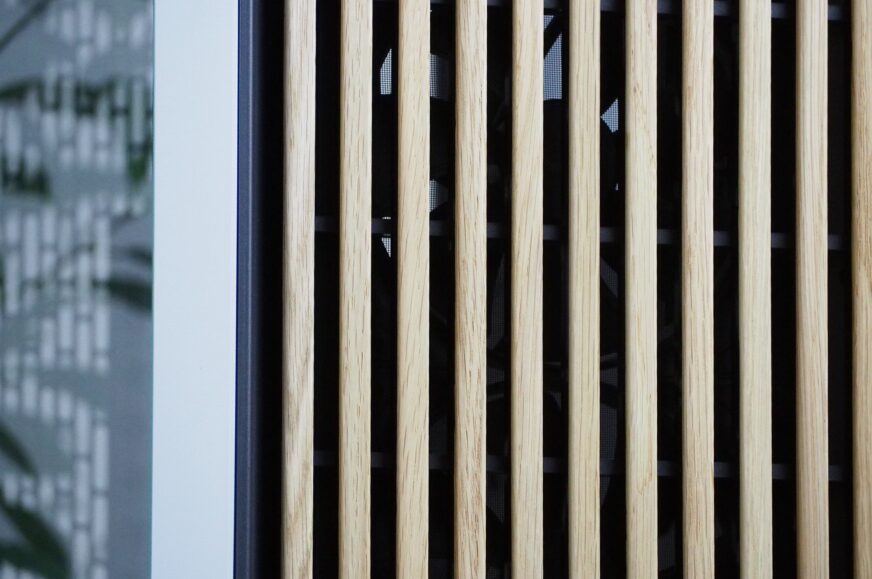
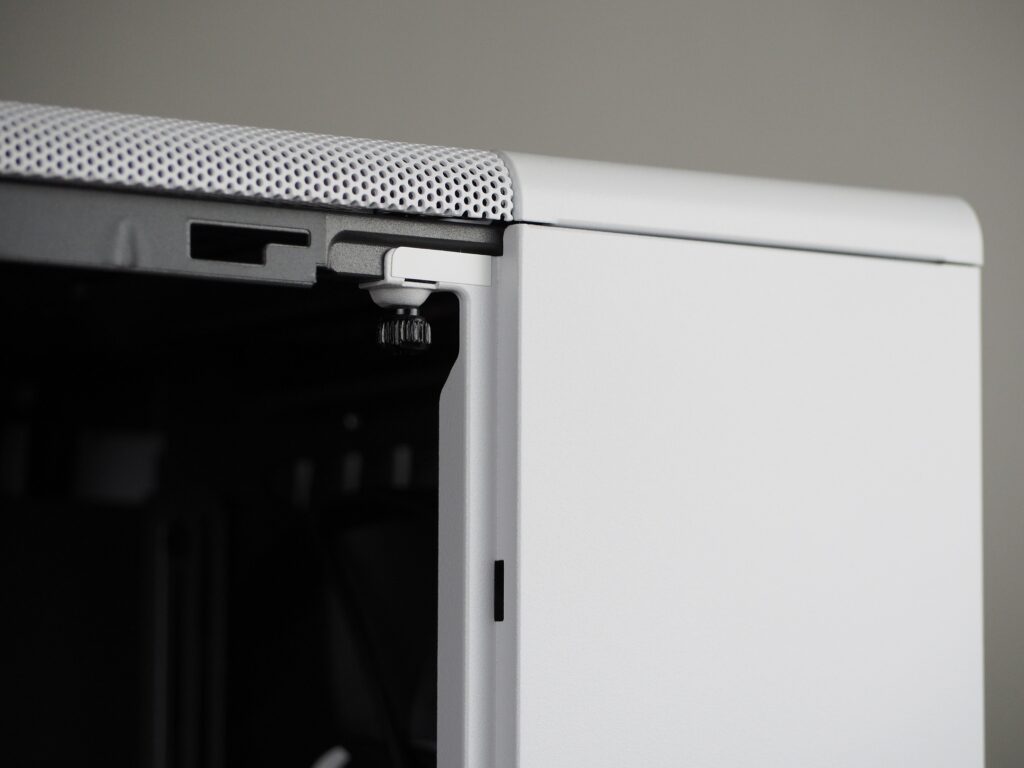
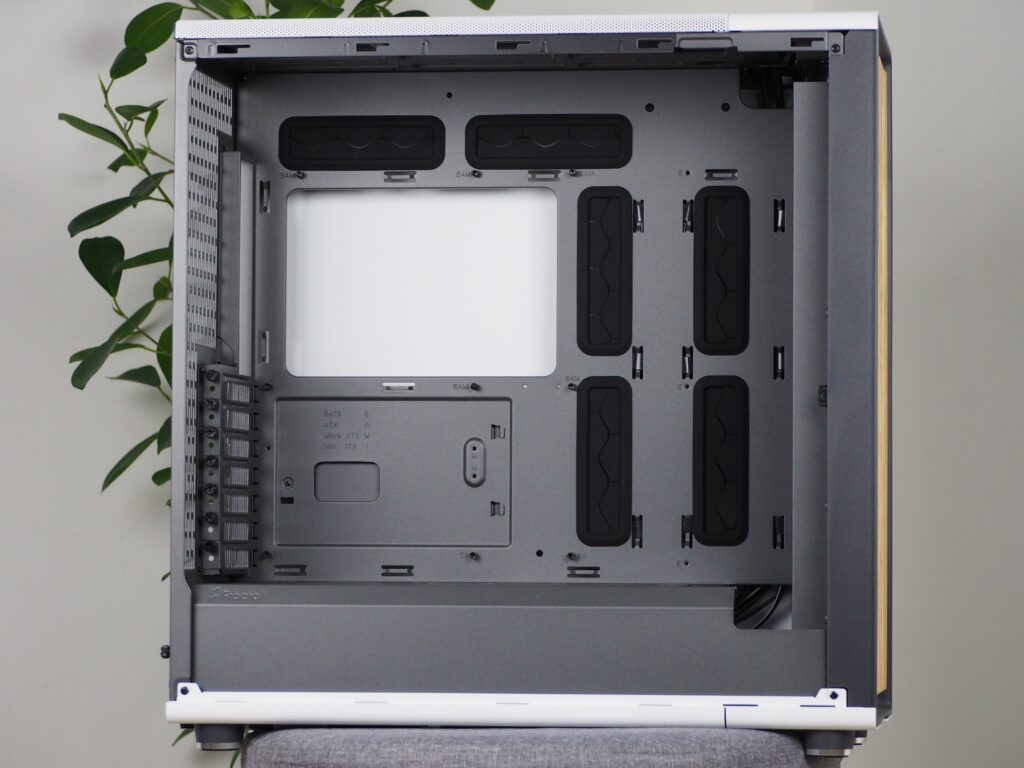
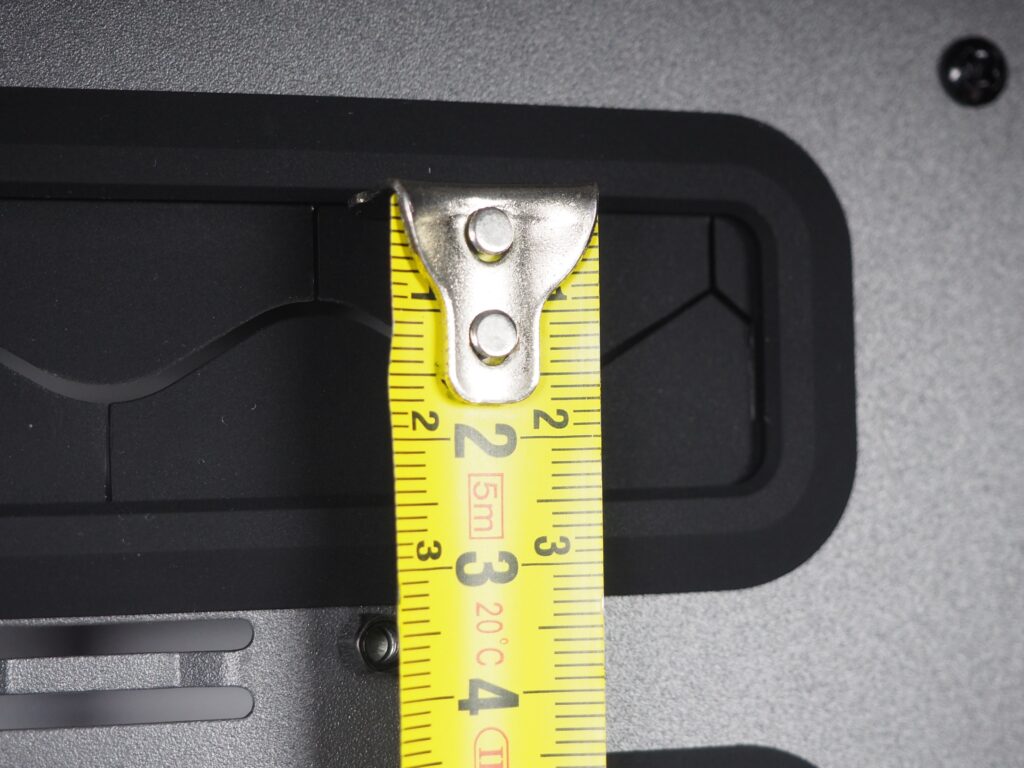
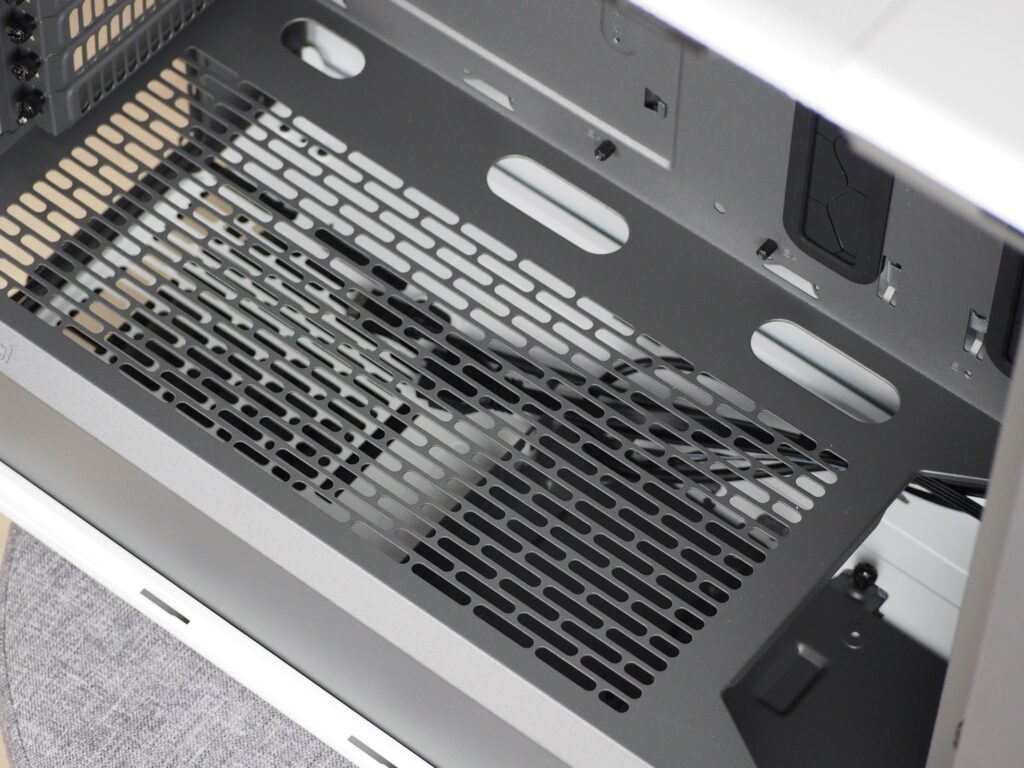
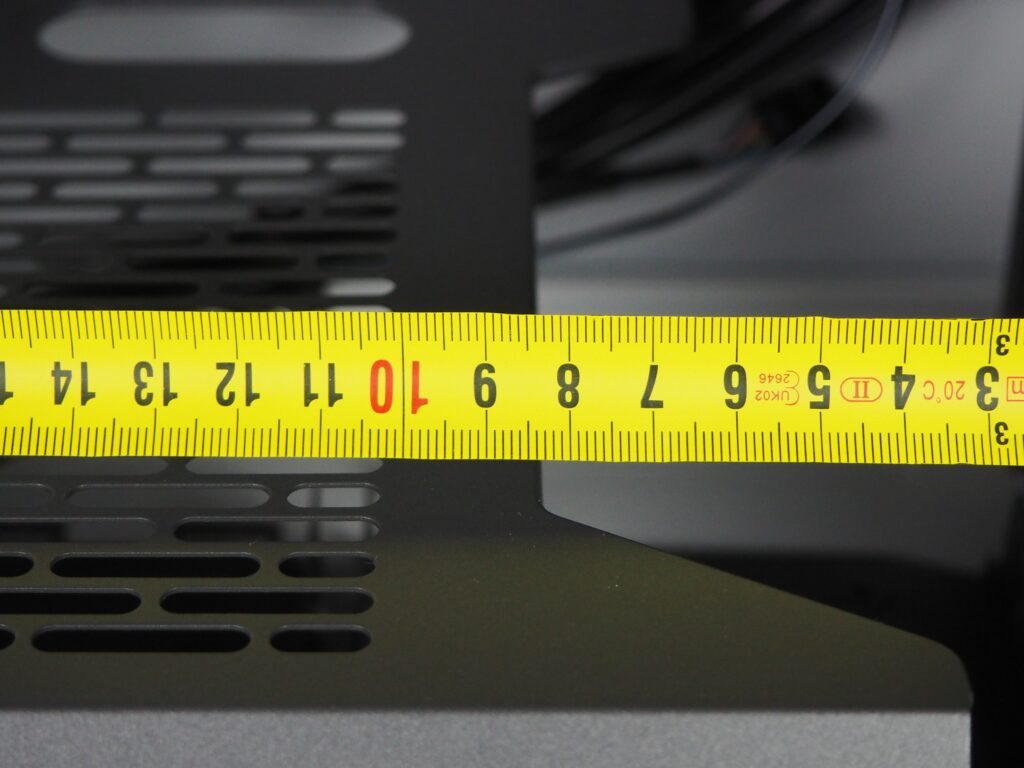
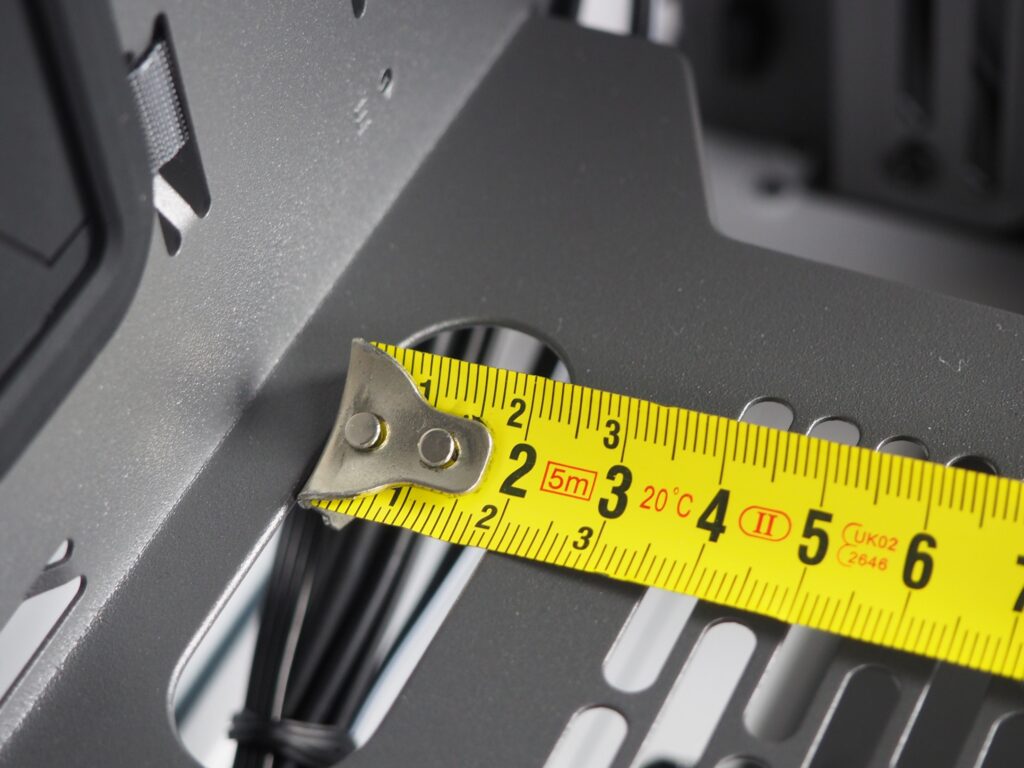
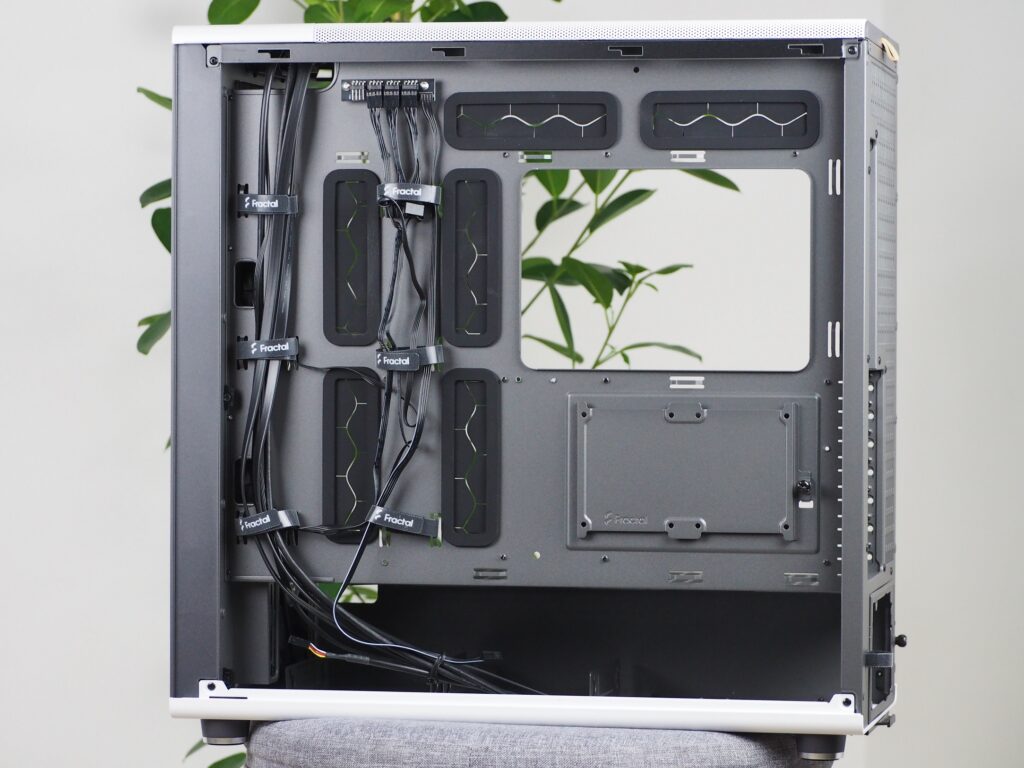
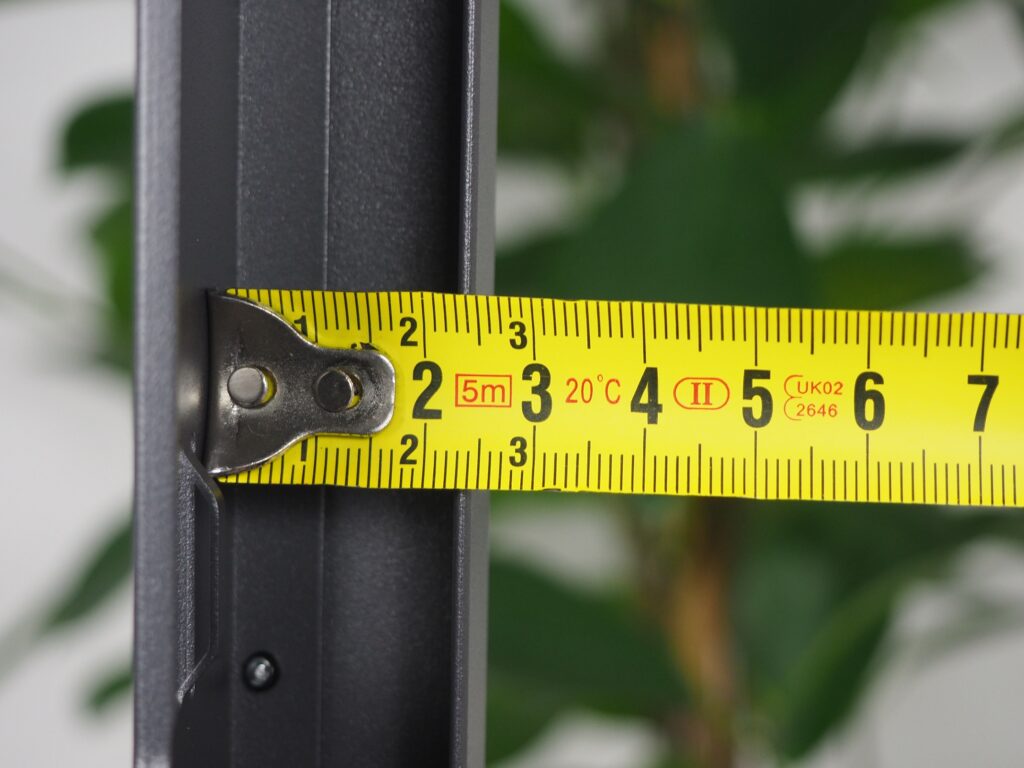
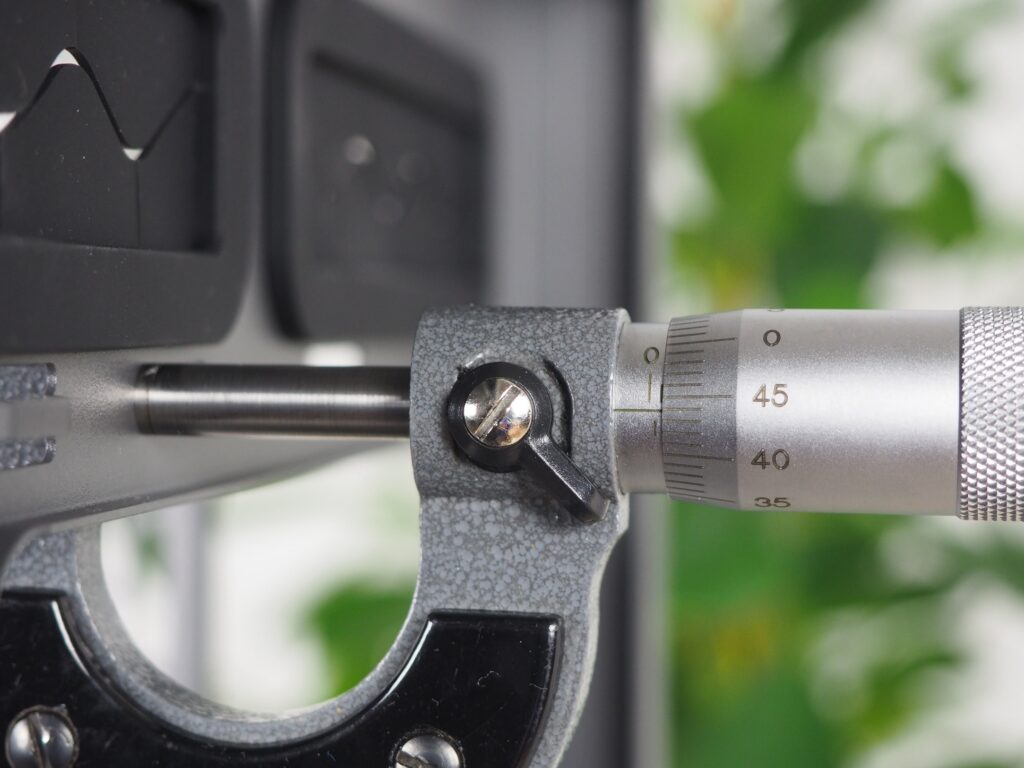
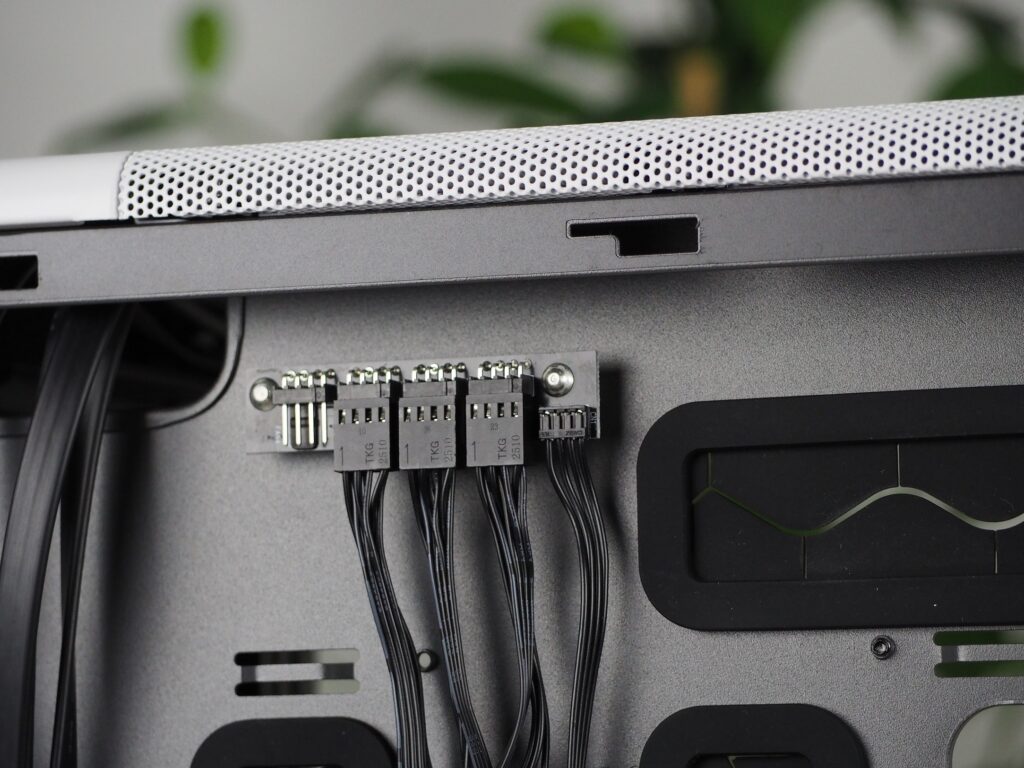
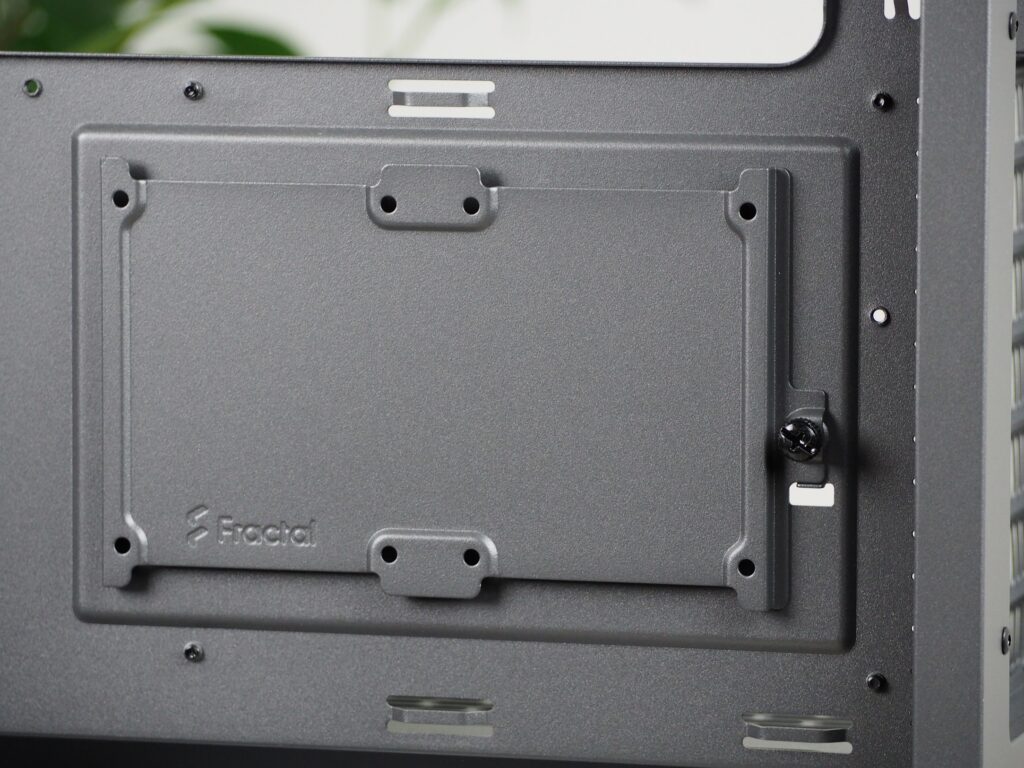
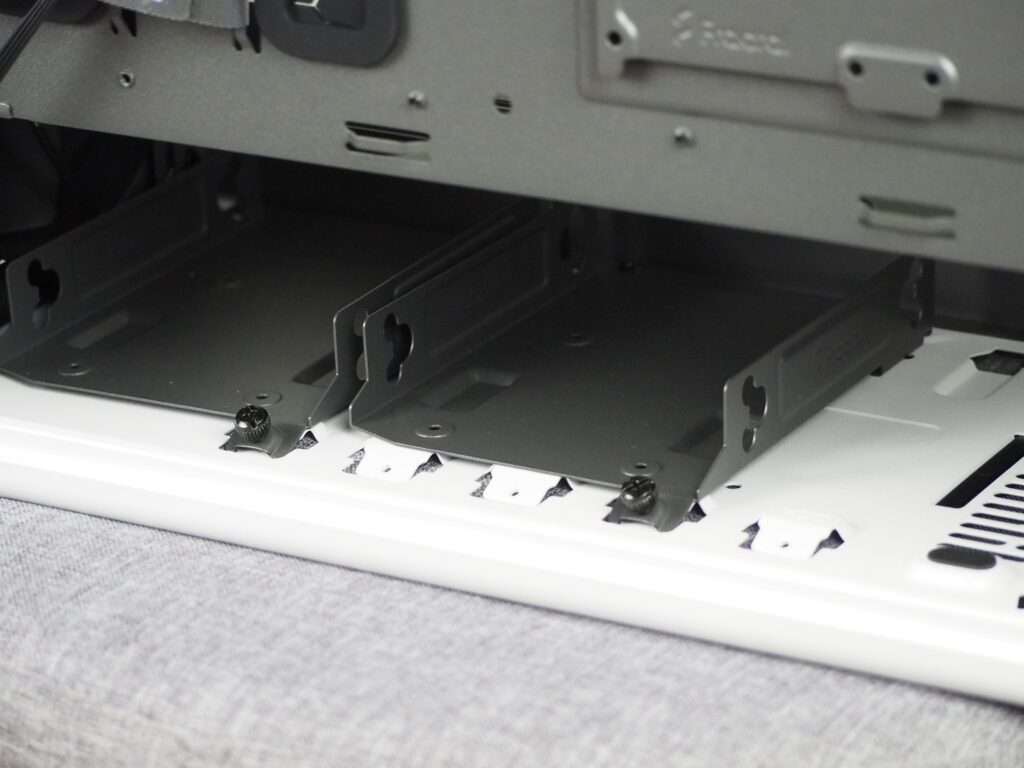
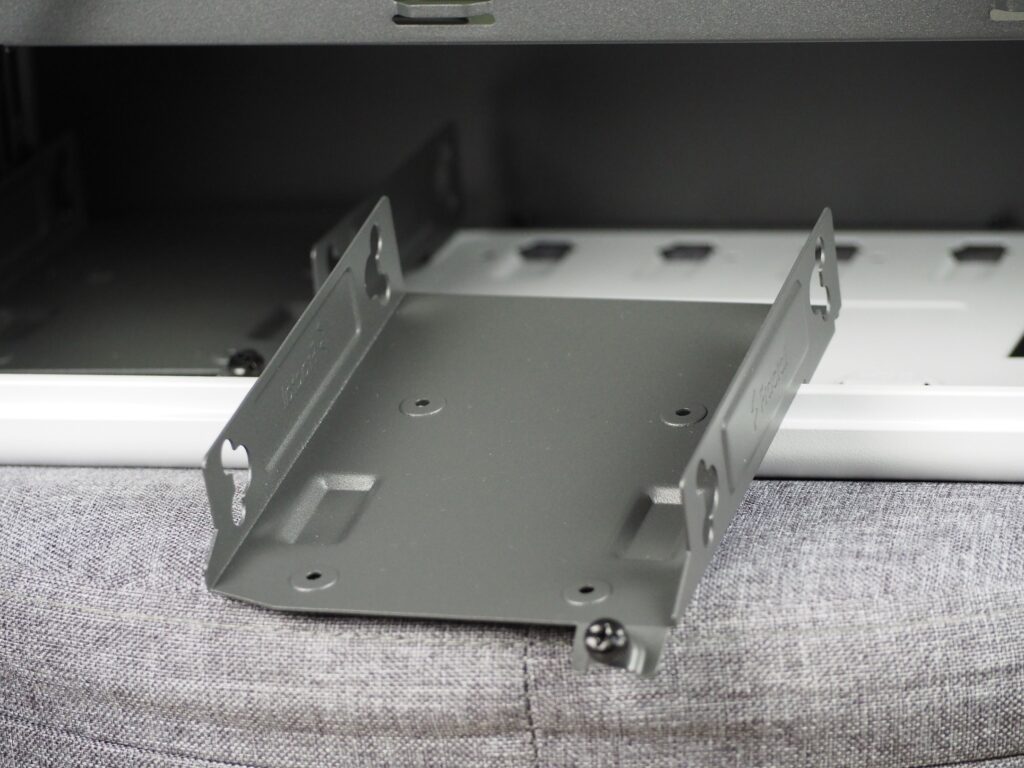
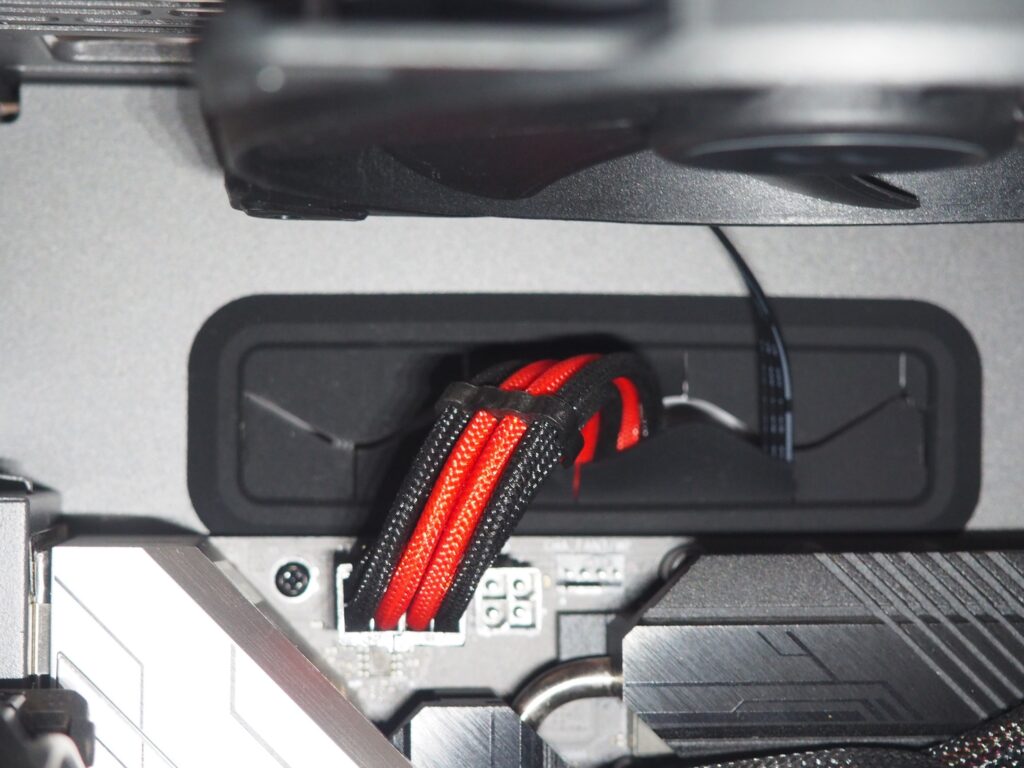
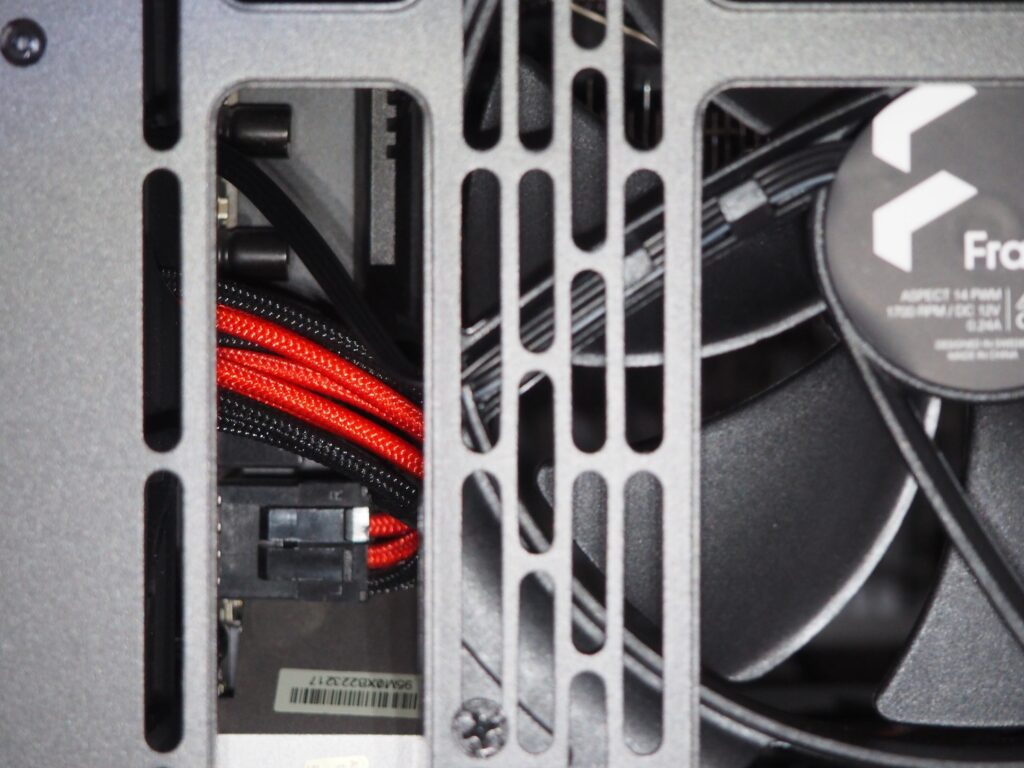
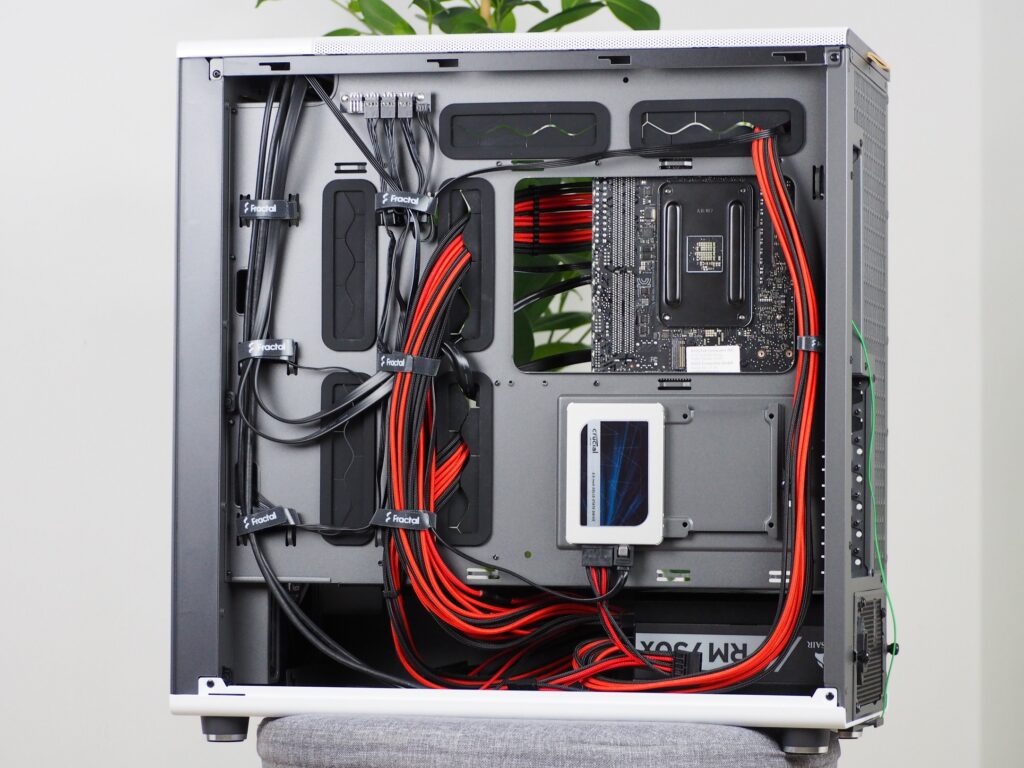
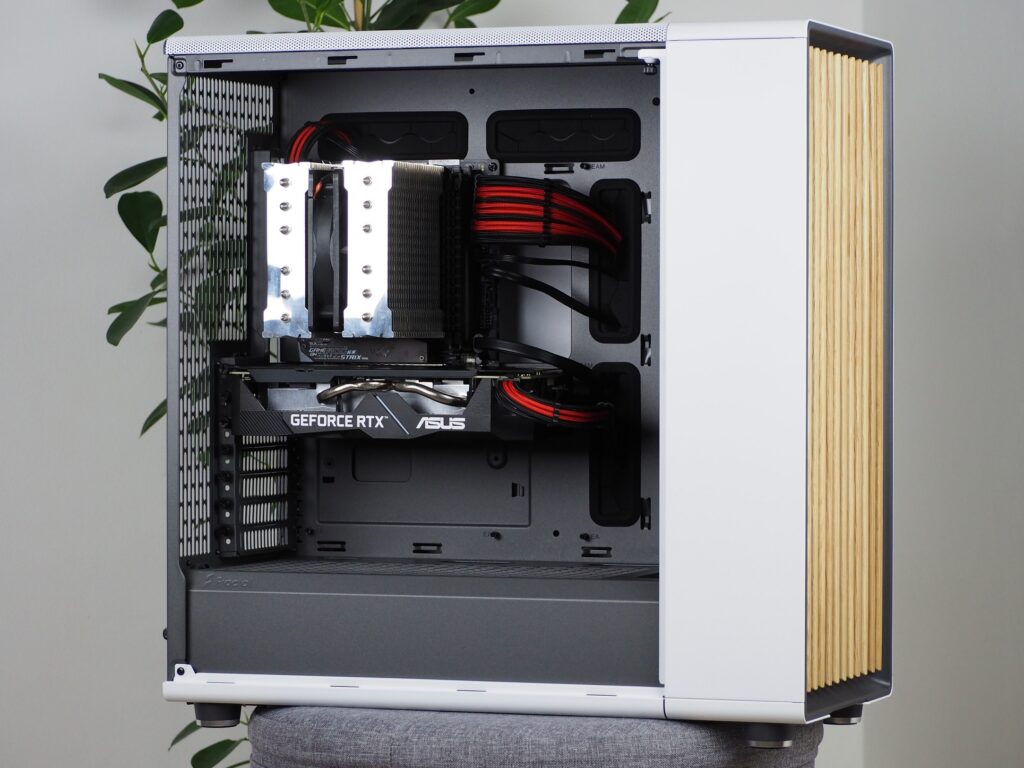
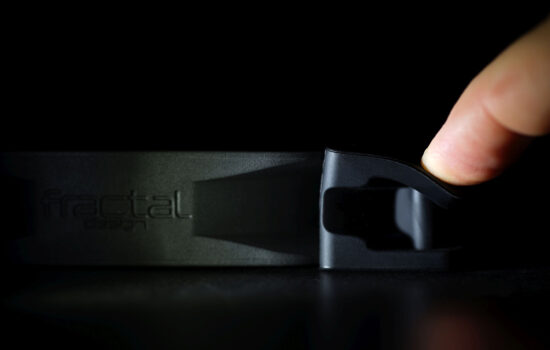
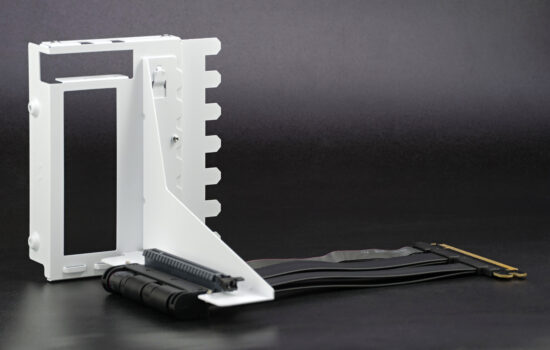
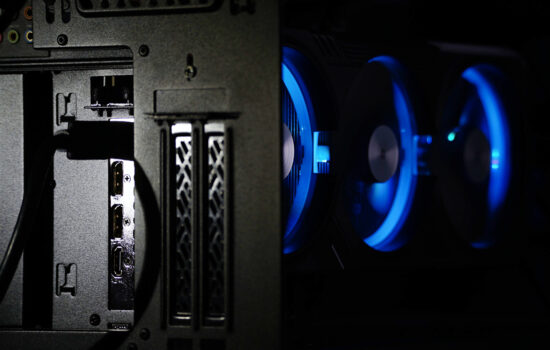



So, this is Martin’s last case test for a while at least.
Thank you for all the dedication and especially the patience, which is really admirable when testing at night before getting up everyday for your main job. I hope you are not quitting permanently and will come back to these things one day. 🙂